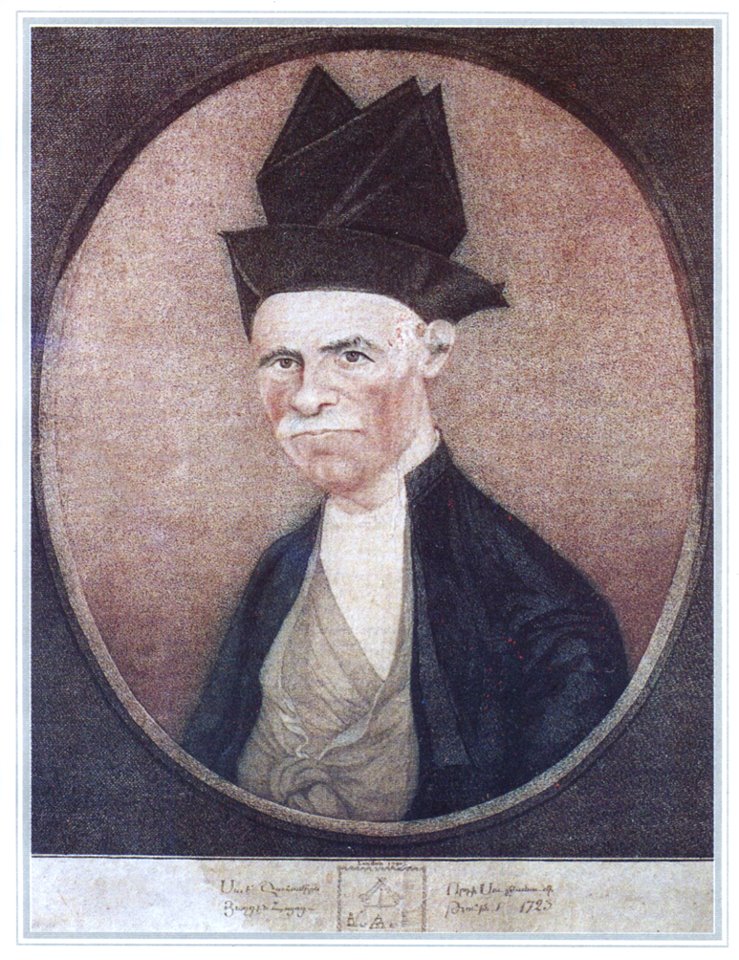Shahamir Shahamirian of Armenian Freedom Movement legacy in Chennai, India
Shahamir Shahamirian and His Legacy in Chennai’s Armenian Community
Introduction
Shahamir Shahamirian, an 18th-century Armenian writer, philosopher, and affluent merchant, left an indelible mark on the Armenian community in Madras, present-day Chennai. Originating from New Julfa, Iran, Shahamirian’s relocation to Chennai saw him play a pivotal role in the socio-political life of the Armenians in India.

Life and Times
Born in 1723 in New Julfa, Shahamirian journeyed to Madras during the 1740s. Here, he soon established himself as a leading figure among the Armenians, largely due to his inheritance of his uncle’s fortune. This wealth positioned him as the most affluent Armenian in Madras.
His intellectual pursuits led him to collaborate with key figures like Movses Baghramian. Together with other Armenian intellectuals, they founded the iconic Madras Armenian printing press in 1771. Their printed works stand out as pioneering Armenian expressions of European Enlightenment ideals.
One notable publication was “New Booklet called Exhortation”, championing the revolutionary ideals of constitutional democracy. Shahamirian’s magnum opus, however, was “A Book called Snare of Glory” (Vorogayt Parats). This visionary document is acclaimed as the first-ever Armenian constitution, proposing a parliamentary republic for Armenia with a clear delineation between church and state.
Influence and Vision
Shahamirian’s efforts were not universally lauded. Simeon I of Yerevan, the Armenian Catholicos, perceived Shahamirian’s secular and liberal principles as a threat. The rift escalated when in 1776, the Catholicos demanded the cessation of the Madras press and the destruction of their publications. However, after the Catholicos’ death in 1780, the press resumed its activities, further publishing Shahamirian’s “Booklet of Aim” in 1783, outlining a communal constitution for the Armenian community.
Shahamirian, a visionary, perceived alliances with Heraclius II of Georgia and subsequently the Russian Empire, as key to liberating Armenia. His constitution proposed the possibility of a member from historic Armenian royal dynasties being elected lifelong leader of the republic.
Legacy and Passing
Shahamirian’s demise came in 1797. His substantial legacy included a staggering 52 million gold francs and various properties spanning factories to tobacco plantations in Malacca.
Works
- “Snare of Glory” (1773, published 1788-89)
- “Booklet of Aim” (1783)
Shahamirian’s life, centered in Chennai, was a testament to the enduring spirit of the Armenian diaspora. His literary contributions and the establishment of the Madras Armenian printing press have immortalized him in the annals of Armenian and Indian history.
References:
- Grigoryan, 1982b.
- Aslanian, Sebouh David, 2023.
- Hacikyan et al., 2005.
- Aslanian, 2002.
- Oshagan, Vahé, 1997.


